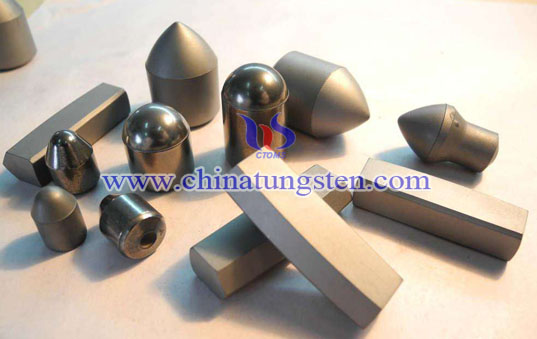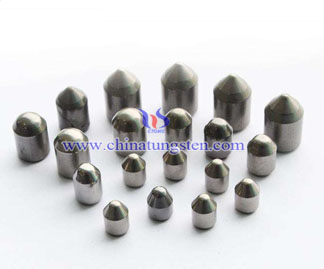Tungsten Carbide Button Low Pressure Hot Isostatic Pressing Method

Introduction
After sintering, the cemented carbide will leave a certain amount of pores and internal defects, resulting in a decrease in alloy properties. Therefore, reducing the sintered porosity and defects of the alloy is a major method to improve its performance. In the 1960s, a US company successfully applied hot isostatic pressing technology to the production of cemented carbide ball teeth, which greatly reduced the porosity of the alloy, increased the density, and improved the fatigue strength and impact toughness of the alloy. The service life of the alloy.
Advantages
However, the hot isostatic pressing technique has the disadvantages of high equipment and low productivity, and a low-pressure hot isostatic pressing technology combining vacuum sintering and hot isostatic pressing functions has appeared. The technology can completely eliminate the residual pores inside the alloy, and refine the grains, eliminating defects such as coarse crystal, cobalt pool and surface composition changes caused by hot isostatic pressing combined with gold, thereby significantly improving the mechanical properties of the alloy. At present, many kinds of sintering technologies have been adopted in China, which provide a large number of high-quality cemented carbide balls for the market.

